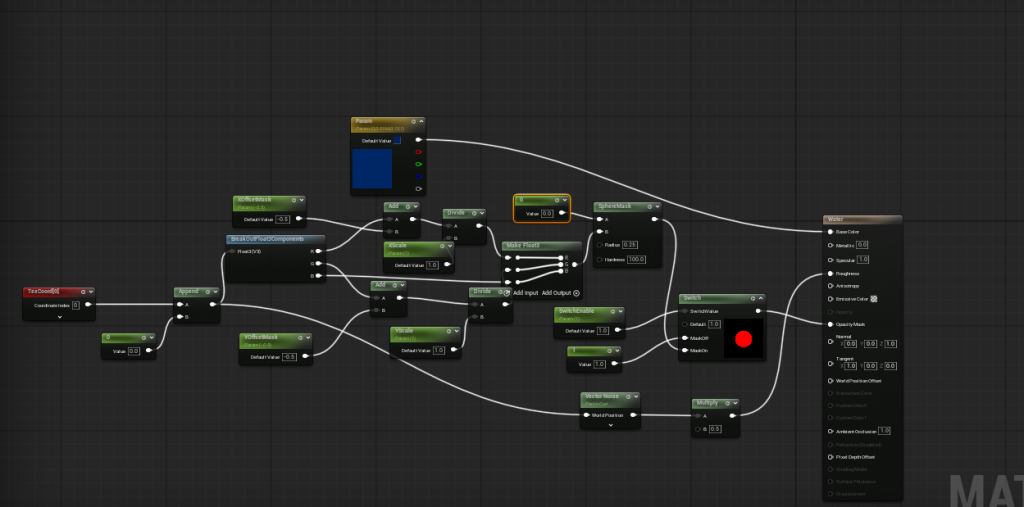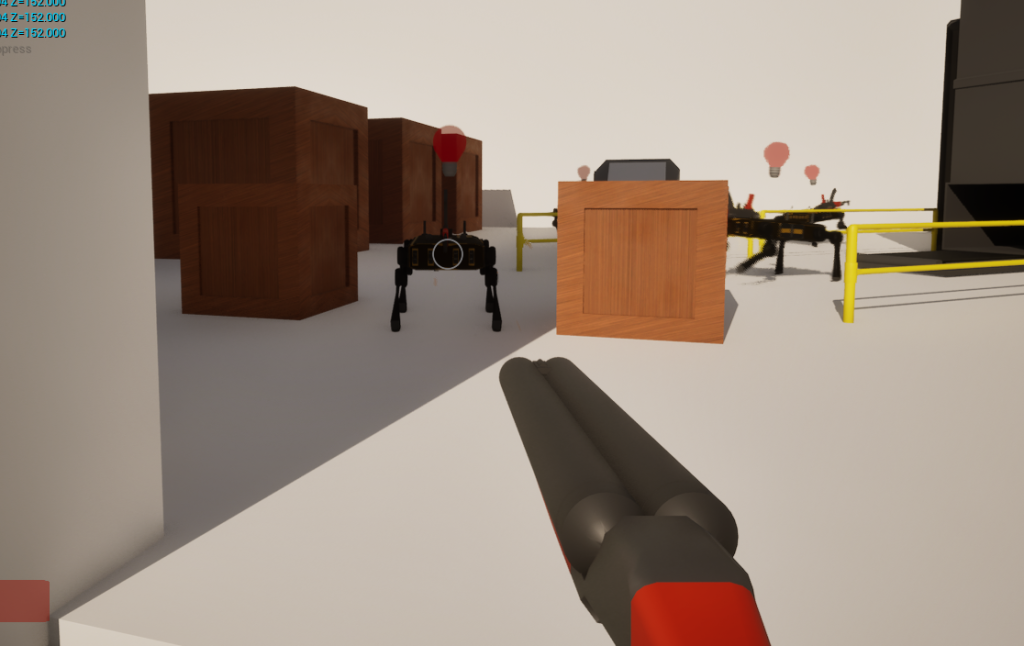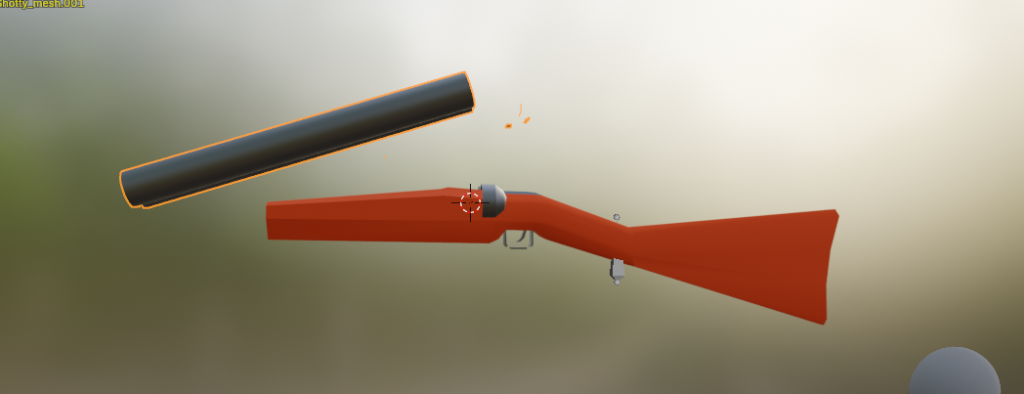I added in rain and some mood lighting. There were also a bunch of other smaller changes but this is where I’m at. It’s very dark and the rain kinda looks like pills falling so I’ll probably need to do another pass here. I’m happy with the water material I setup here: Essentially its just […]
Loop-da loop
As it says in the title I’m pretty sure this is a beat from a cyberpunk 2077 track but I’m not sure which one…. Otherwise I added a sidechain compressor the way you’re “supposed” to in order to keep what you want emphasized within a bar emphasized. Essentially: Bass drum hits -> enable compressor (i.e. […]
How (Not) to use materials in unreal
The borderlands 4 issues with unreal (see: https://www.pcgamer.com/games/fps/borderlands-4s-latest-patch-triggers-a-flurry-of-performance-complaints-but-gearbox-says-new-stuttering-problems-should-resolve-over-time-as-the-shaders-continue-to-compile/ ) made me realize I was doing all of my materials wrong. Originally the way I pulled in 3d meshes generated a material of each slot in the mesh. So I thougth I was being clever by using material slots to determine colors (so I didn’t have […]
WillKolb.com: ZuneHD Compatible
I found my old zune hd and I’ve been messing around with it. I connected to the internet and surprisingly: The text doesn’t scale properly, which is because why on earth would any front end support 480×272. Makes me wonder if there’s a low res “reader mode” plugin/redirect I could get running. Also the Zune […]
Touch-ups (also feat. boomstick)
Got the double barreled shotgun in game: I also added in some tracers to make shooting a bit better: On the back-end side I re-worked how damage functions, so now there’s falloff for shots: (Note the damage numbers in the corner). This should make things a bit better in terms of longer range engagements. I […]
Using ML to make a well known and established DSP techniques harder (Part 2)
I got some feedback from my last post which basically said: 1.) “Why didn’t you test against different signals? “ 2.) “The signal I chose was too match against was pretty simple, you should do a continuous function” 3.) Why wouldn’t you make a subfunction to detect something like a pulse (containing something like a […]
“Time is the Enemy” (feat. boombstick)
Now that I’ve closed the gameplay loop I realized there’s really nothing pushing the player along. Right now if I just have “go destroy this thing” the gameplay would get stale very fast. To counter this I wanted to make some kinda timer that would force the player to go out and explore/accomplish their mission. […]
Bunch-o-Updates (also “Git outta here”)
Here is the first full(ish) gameplay demo for this game mode (gotta use youtube because of WordPress size limits) Big things that changed:I added a bit more to the test gameplay map: Including a quick fence model: Also I put lights ontop of all the bots to indicate what team they’re on. Blue=player team, red […]
Okay so maybe making a “hardcore” shooter isn’t a good idea
I added in a bunch of stuff but showing off is kind hard right now… Gotta add in damage multipliers based upon difficulty level.
Side Profile(r)
I closed the “Game Loop” by adding announcements to the hud and creating a “OnGameModeAnnouncement” event that huds can bind to: The look isn’t ideal but I’m working through it. In addition when I flipped things to “Standard” game mode (which has pretty much all of the bot types) my fps went from like 60 […]









